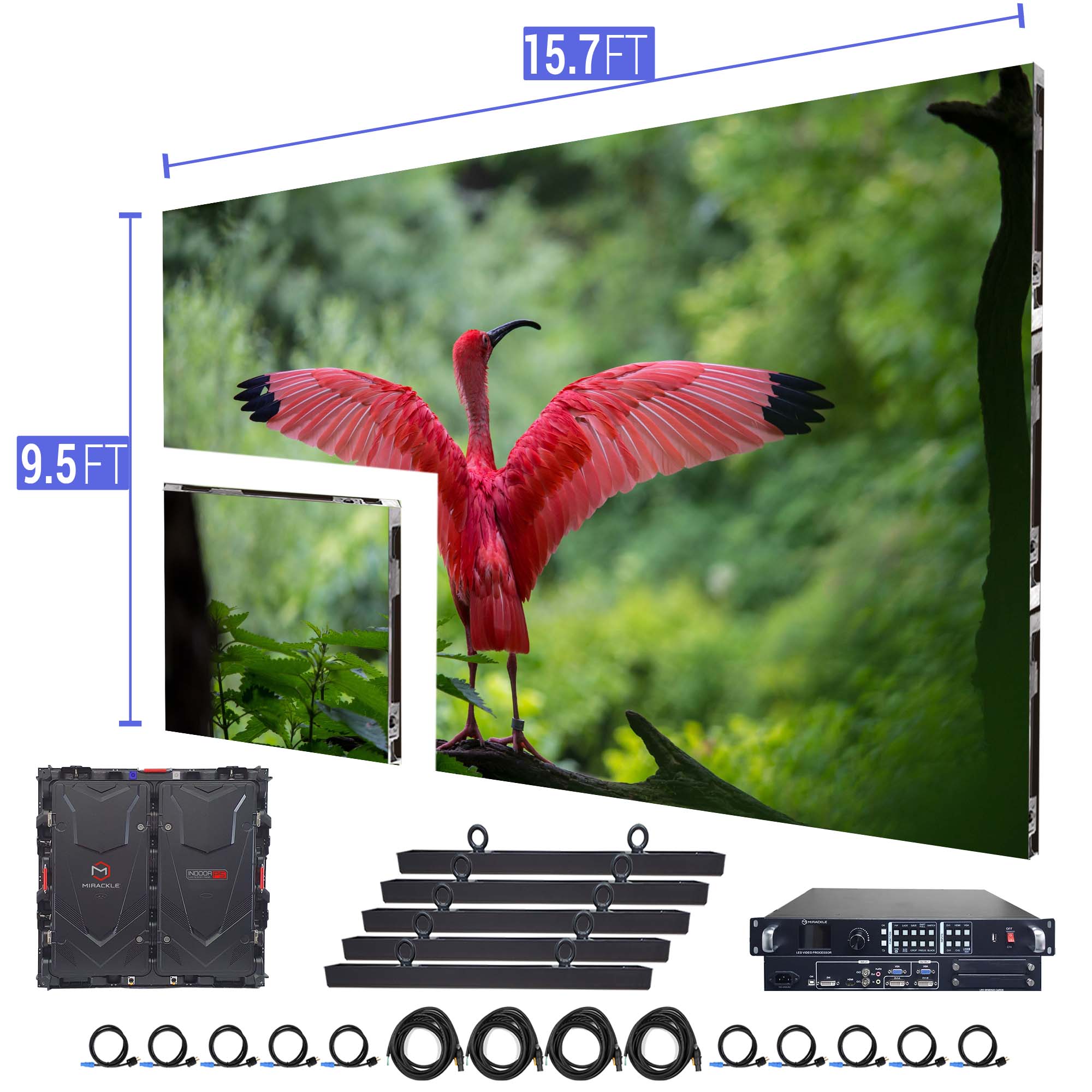Exploring the Efficacy of Diverse LED Display Calibration Methods for Ideal Visual Performance
Wiki Article
LED displays have grown increasingly popular in various settings, including theaters, musical events, and corporate events. These large displays provide vibrant colors and sharp images, making them ideal for visual displays. However, to attain the optimal display quality, appropriate tuning of Light Emitting Diode screens is crucial. Tuning refers to the process of adjusting the display settings to ensure that hues, luminosity, and differentiation are precise and consistent. Different calibration techniques can significantly impact the overall standard of the display encounter, making it vital to investigate the efficacy of these approaches.
One common technique for calibrating LED screens is manual tuning. This approach involves modifying the parameters by hand, often using specialized tools and software. Specialists typically examine the screen's hue precision and luminosity levels, making modifications based on their observations. Handheld tuning allows for a significant degree of personalization, as technicians can tailor the settings to the particular setting and material being displayed. However, this method can be time-consuming and requires a skilled technician to achieve best outcomes. Despite its challenges, manual calibration can lead to remarkable visual performance when done correctly.
Another common calibration technique is the application of automatic calibration. This approach uses programs and devices to assess the display's performance and make modifications instantly. Automated calibration can conserve hours and reduce the potential for manual error, as the program can quickly analyze the display and apply the necessary modifications. This method is particularly beneficial in environments where the LED screen is often used for different types of material, as it can adjust to different lighting conditions and material requirements. While automated tuning may not provide the same level of customization as handheld calibration, it can still provide superb outcomes for many applications.

A third method worth mentioning is the use of color calibration tools. These tools, such as colorimeters and spectrophotometers, measure the color results of the LED wall and help ensure that the colors shown are correct. By employing these instruments, technicians can identify any discrepancies in hue representation and make the required adjustments. This technique is especially crucial for uses where hue precision is critical, such as look at this website in graphic design or film creation. Hue tuning instruments can enhance the overall visual quality of Light Emitting Diode walls, guaranteeing that the viewers sees the intended colors and details.
In conclusion, the effectiveness of various Light Emitting Diode screen tuning techniques plays a crucial role in achieving optimal display quality. Manual calibration offers customization but can be labor-intensive, while automatic calibration provides efficiency and uniformity. Additionally, color tuning instruments help confirm correct color reproduction, which is essential for many uses. By understanding and utilizing these tuning methods, technicians can enhance the display encounter for audiences, making LED walls an more effective tool for communication and engagement. As innovation continues to advance, ongoing research and evolution in tuning methods will likely lead to more better visual quality in the time ahead.